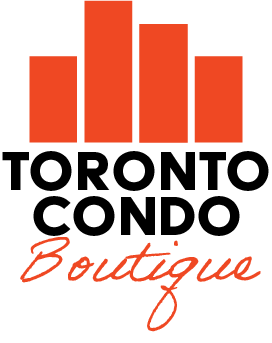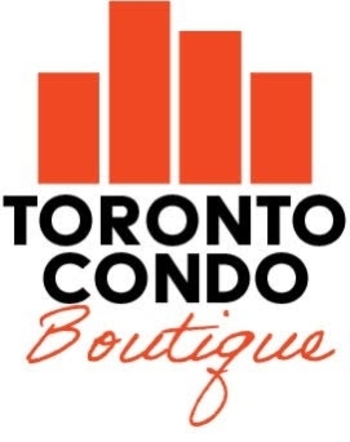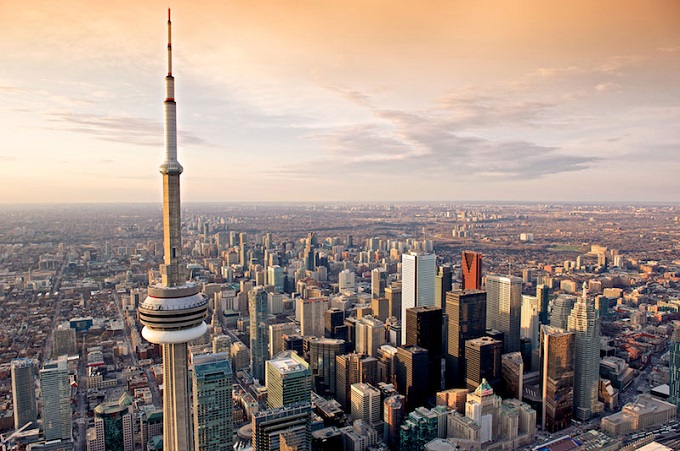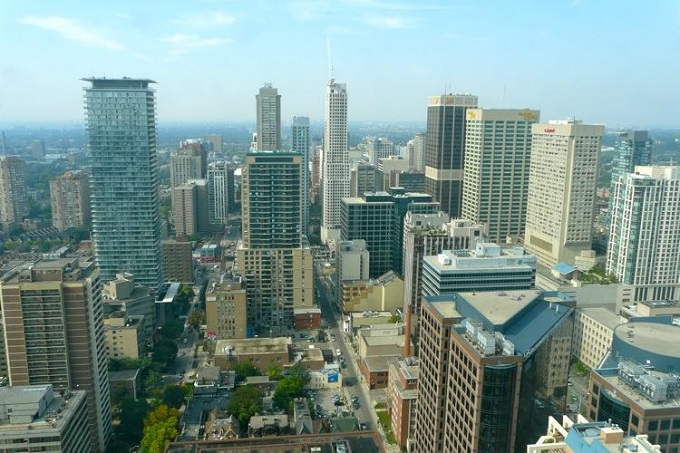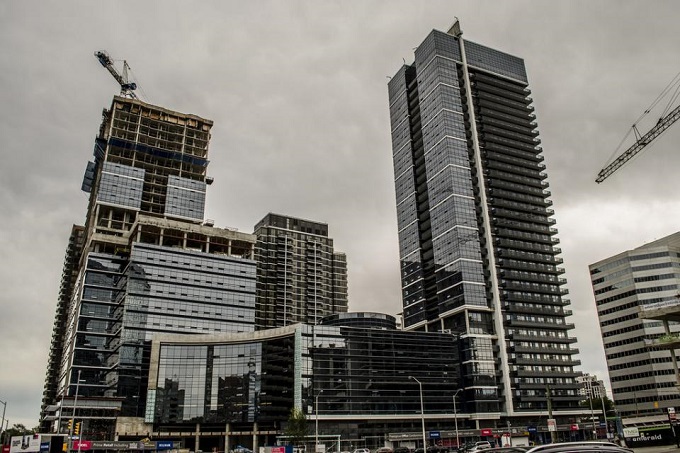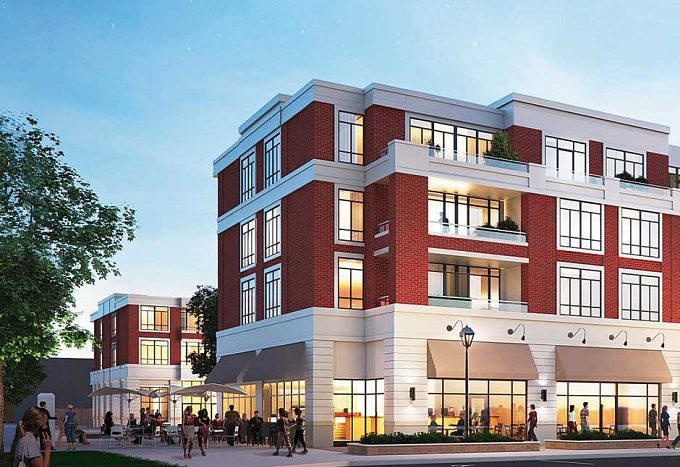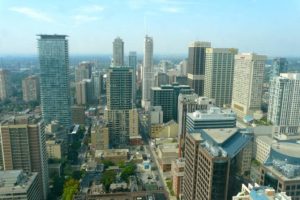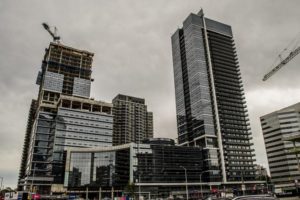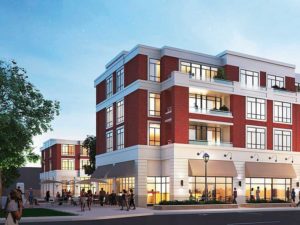Jay Westman, chief executive of Jayman MasterBuilt, one of Alberta’s largest home builders, recently sparked a debate when he challenged Calgary’s pro-densification policies. He argued that government policy has resulted in a shortage of land that can be developed quickly, causing housing prices to rise. The debate is just as relevant to the Greater Toronto Area’s booming housing market, which is shaped by similar policies in Ontario’s Places to Grow and Greenbelt legislation.
The idea is to curb urban sprawl by promoting higher-density housing and employment centres in existing urban areas, instead of building large subdivisions and office parks on farmland on the edge of the city. Quality transit like frequent bus service, light rail, subways and all-day GO transit becomes viable as a primary means of transportation when communities are compact and densely populated. The result is less traffic congestion and carbon emissions from transportation in the city.
The city of Toronto’s Official Plan directs new development to be built at a high density in specific growth areas, keeping it away from stable neighbourhoods. The city’s plan reflects the provincially-mandated centres of growth under the province’s Places to Grow Act. It’s why the areas around Union Station, Yonge and Eglinton and North York Centre are booming with development—these attractive areas are among those that have been designated high-density growth centres in the province.
In the Organisation for Economic Co-operation and Development’s Economic Survey of Canada 2014, the organization reports that promoting growth through densification as done in Calgary, Vancouver and southern Ontario has positive environmental and social outcomes, but notes that such policies push up land prices.
The OECD reports that residents of cities like Vancouver face high housing costs relative to household incomes in an international comparison. Its Economic Survey notes that 40 per cent of Canadians live in a city where housing costs are seriously or severely unaffordable.
While sprawl is being reduced, housing prices in the GTA have risen faster than incomes. According to the Toronto Real Estate Board’s Market Watch, the average price of a detached house in Toronto was $943,055 in May 2014.
Are the province’s pro-densification policies good for residents?
As seen in the record housing prices, the province’s densification policies have raised housing prices. However, housing prices don’t have to rise significantly with densification policies. Densification allows more housing to be built, which is key to keeping housing affordable.
Given the environmental and social benefits of sprawl containment policies, the focus must be on making more new development possible throughout the city. The province and cities need to be more flexible with the kinds of high-density development permitted to make development easier and cheaper. Laneway housing, granny flats, low-rise and mid-rise condo development should be encouraged in more neighbourhoods throughout the city, including residential side streets in stable neighbourhoods to relieve the pressure on the limited range of designated growth areas.
The province should change its building codes to allow for wood-framed mid-rise buildings, which are cheaper to build. Cheaper mid-rise buildings would make densification possible in many areas where it’s currently uneconomical. Condo development should be encouraged around every transit line in the GTA.
With housing prices rising to increasingly unaffordable levels, the province and city must respond by revising their pro-densification policies. The benefits of sprawl containment are significant—less congestion and pollution, the preservation of fertile land for farming and increased employment opportunities for those without cars.
These policies should be maintained; however, government policy must also make it easier to build. The alternative is a market where young families cannot afford the housing they need or another generation of sprawl. Toronto can afford neither scenario.
LIKE THIS POST? WANT MORE GREAT INSIDER INFO? SIGN UP TODAY FOR OUR VIP INSIDER’S CLUB BY FILLING OUT THE FOLLOWING FORM:
[condoForm]
